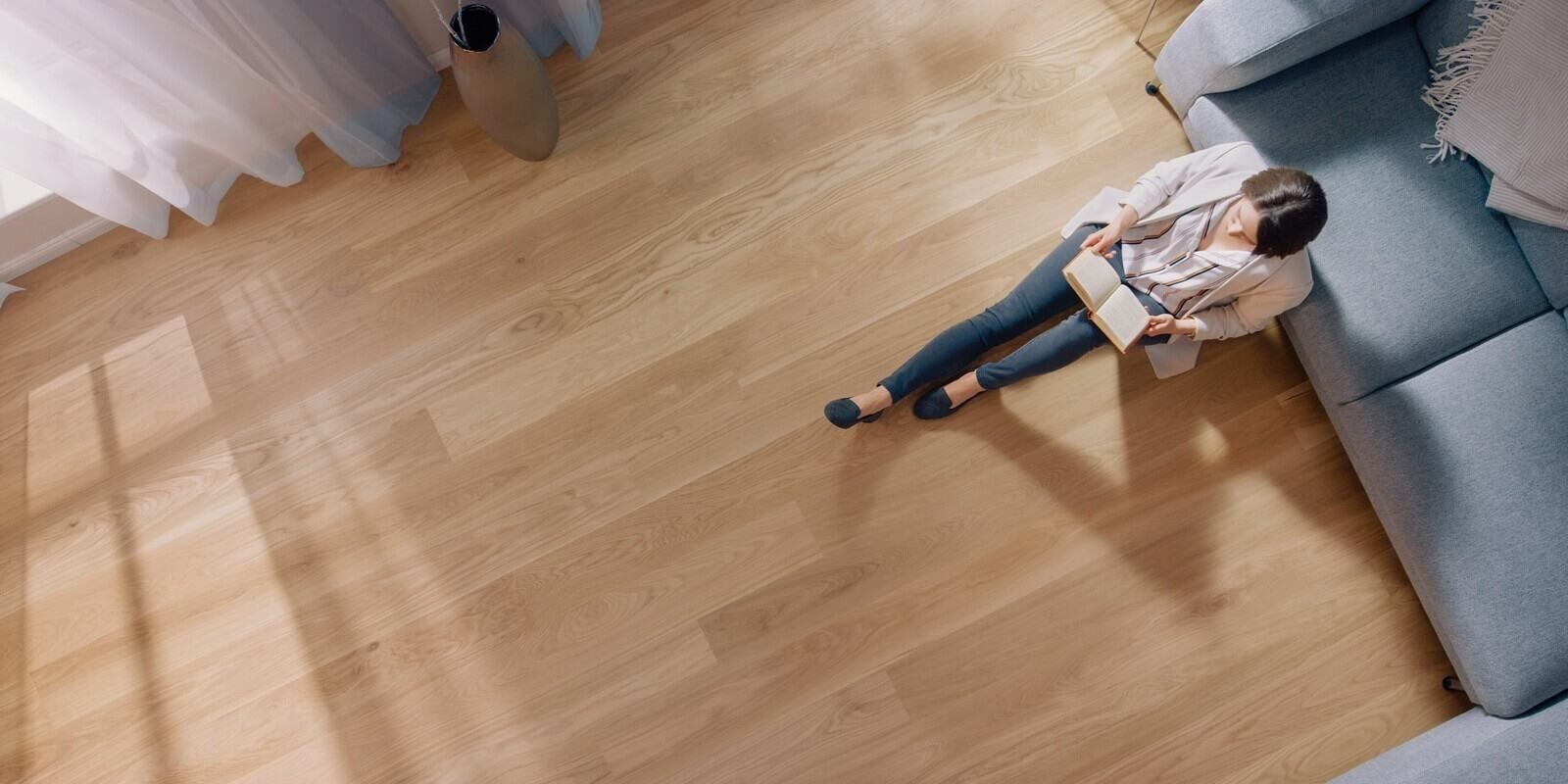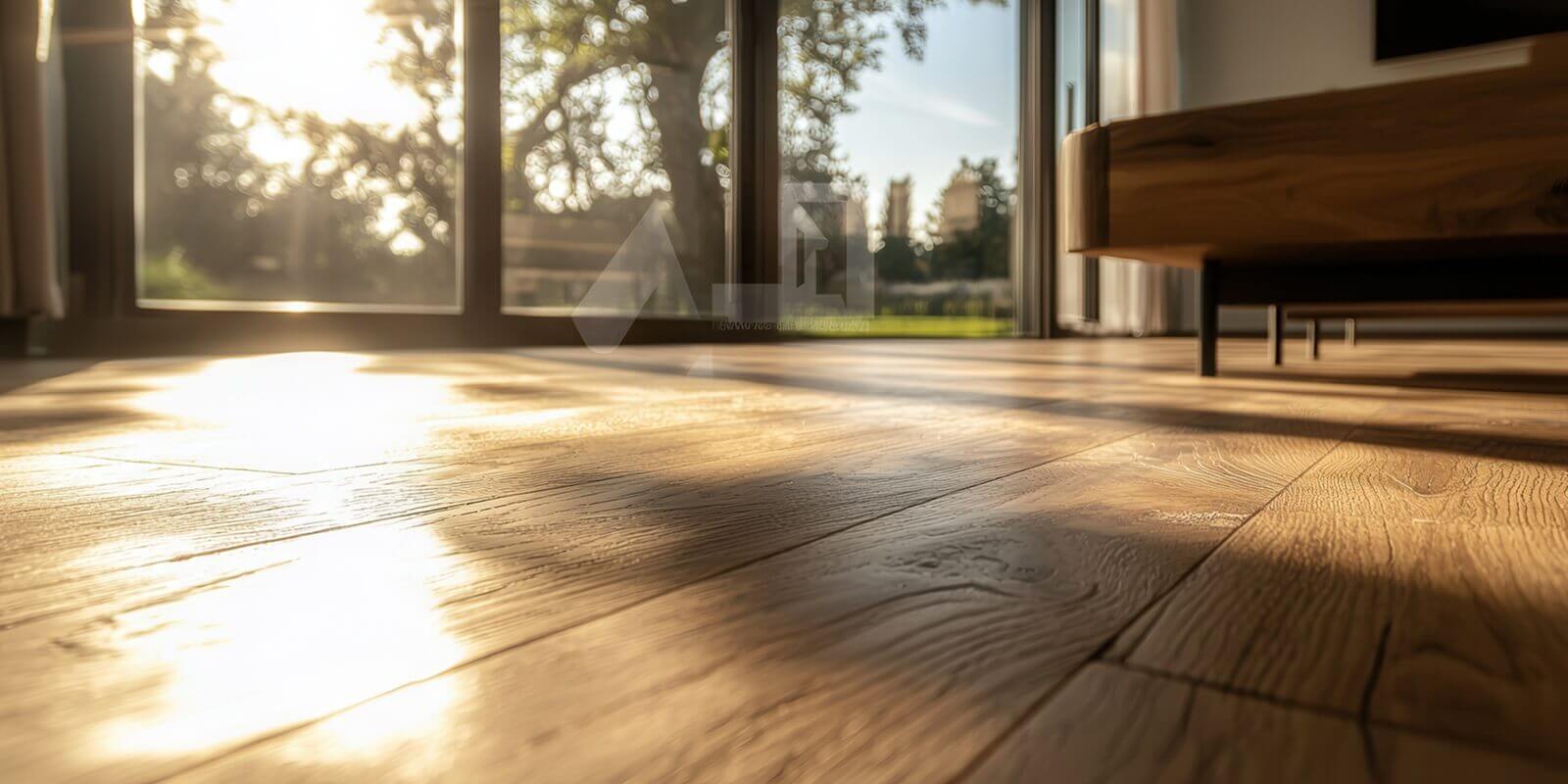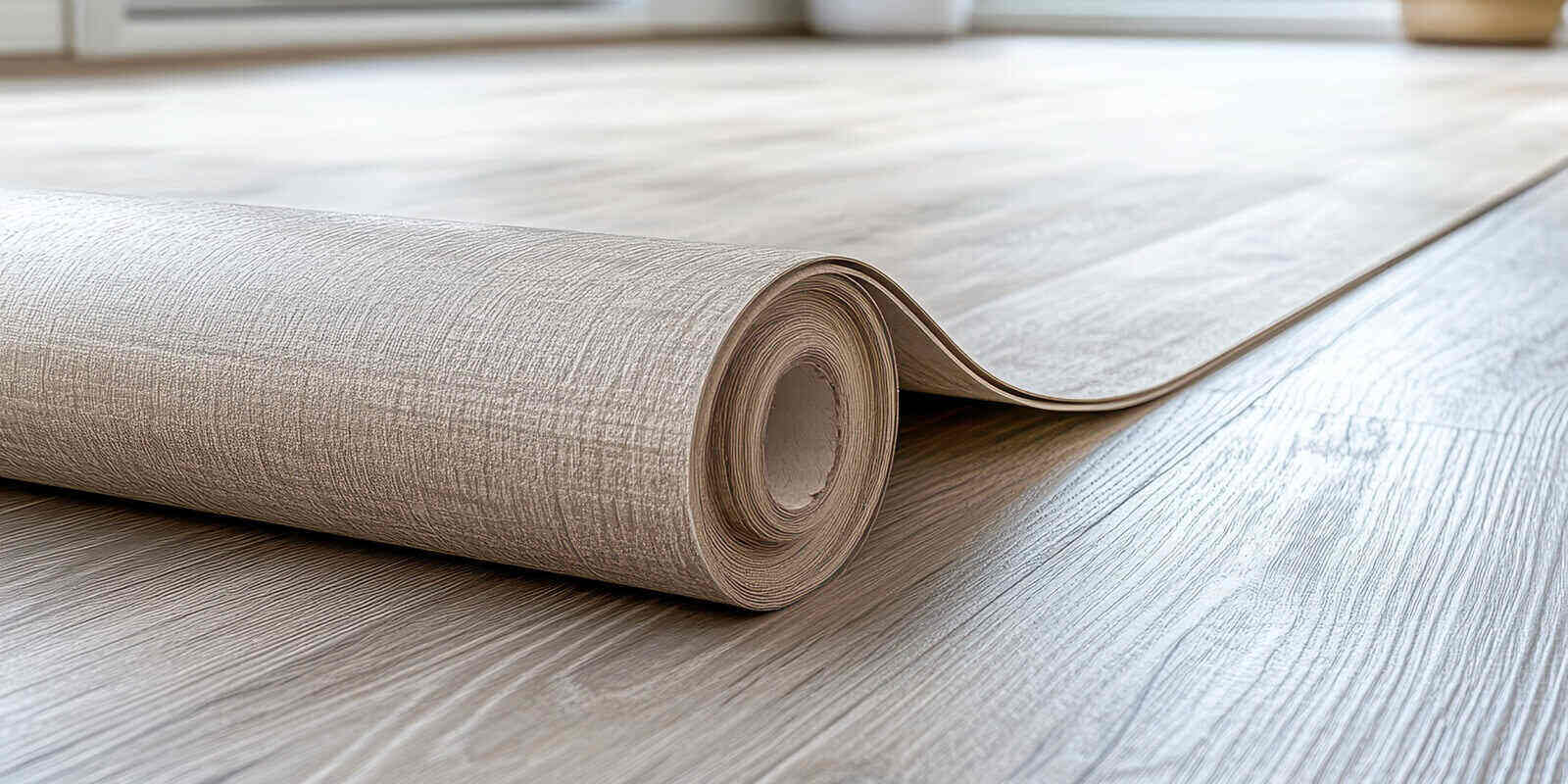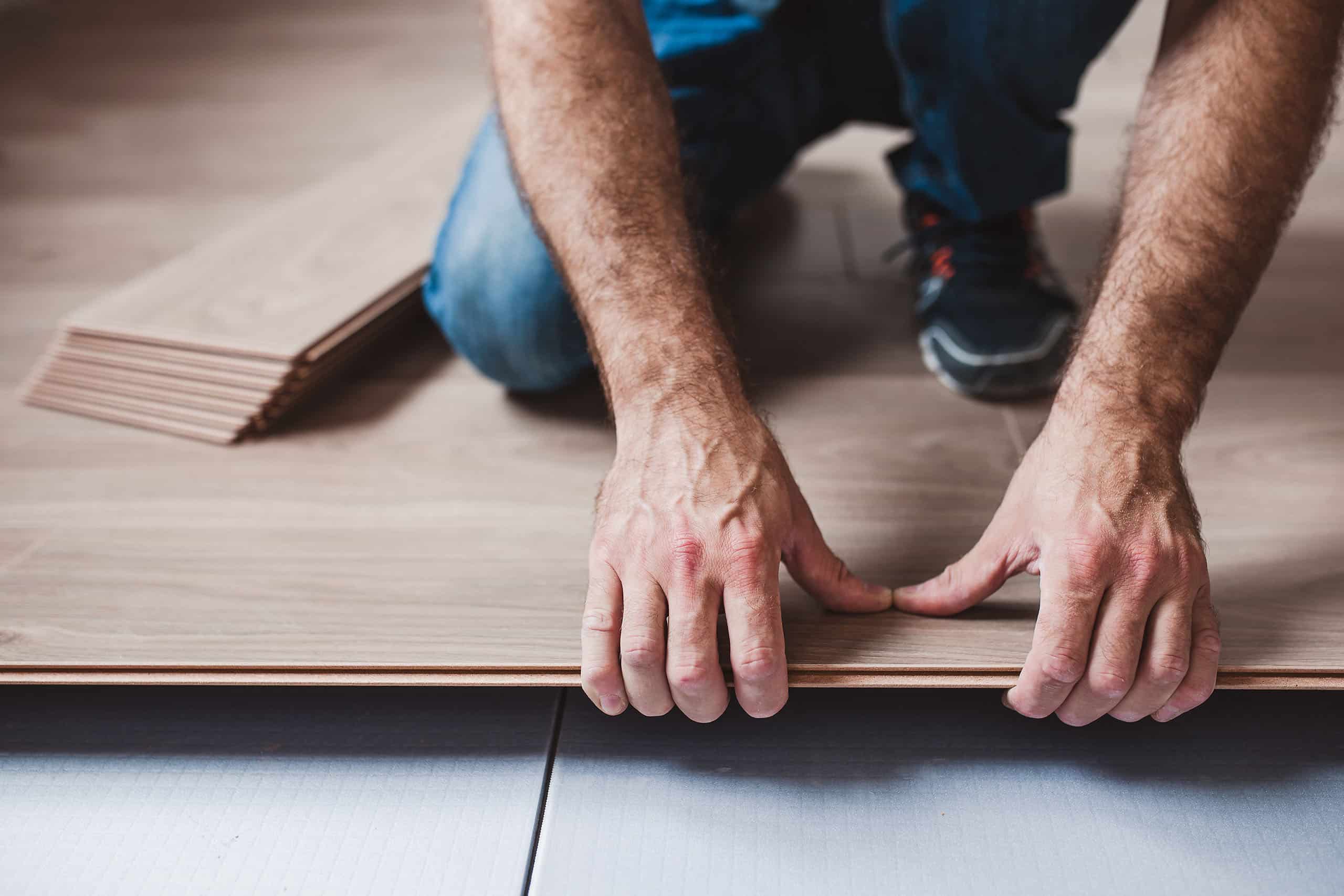With more people working from home and enjoying their homes as multifunctional living spaces, flooring installers have become increasingly high in demand. New flooring provides a practical and stylish way to redefine the style of a home, prepare it for a sale, or increase its longevity.
Yet, as valuable as revamped flooring can be, the process from consultation to installation can be complicated. Homeowners looking for flooring services in Chesapeake, VA, can use this guide as a checklist. Depending on the material and style chosen, new flooring can be a significant financial investment that is worth getting right the first time.
1. Schedule a Consultation
 The initial consultation provides homeowners with the chance to communicate their vision to their flooring vendor. These experts can help examine the options that make sense based on the layout of the home, the lifestyle of the occupants, and the budget available.
The initial consultation provides homeowners with the chance to communicate their vision to their flooring vendor. These experts can help examine the options that make sense based on the layout of the home, the lifestyle of the occupants, and the budget available.
This initial assessment includes several parts, including a conversation about needs and style preferences, a presentation of design samples for different types of floor, and a transparent cost estimate. By the end of the initial visit, homeowners should have a clear idea of what their budget can achieve and what compromises they can expect to make to get their ideal flooring.
2. Choose a Material
The choice of materials involves more than just style. It will determine the installation process and overall cost of the project, as well as the durability of the final result. Different types of flooring make more sense in different rooms of the house, depending on certain conditions.
For example, hardwood typically boasts rich, warm tones that give the home a natural yet luxurious feel, but they have a low resistance to moisture. Natural stone and tile are ideal choices for water-resistance, but they are more expensive. Vinyl and laminate are ideal choices for homeowners looking for the water resistance of tile with the look of hardwood.
Factors to consider when choosing a material include the cost, aesthetic, and predicted usage needs. For example, a room expected to endure heavy foot traffic from children and pets should have flooring that reflects the need for durability. Bathrooms and kitchens encounter a lot of moisture, making natural stone, tile, and vinyl more durable options than traditional wood.
Some flooring companies offer custom design and material solutions to match the flooring solution to the home, in the event that homeowners struggle with making a balanced choice.
3. Plan the Project
During this step, flooring technicians will arrive to take measurements of the relevant rooms. Even a minor mistake at this stage can lead to costly project delays or misaligned construction. Take as much time as needed to identify and address structural concerns, take accurate measurements, and confirm the timeline.
If the right prep work is completed, installing the new floor should be comparatively simple.
4. Install the New Floor
Professional floor installers will handle each step of the floor installation with care, including:
- Preparing the site by moving furniture, removing old flooring material, and bringing in new materials
- Placing the new flooring material according to the limitations of the space and the stylistic vision of the homeowners
- Adding trim, transitions, and baseboards as needed, sealing everything along the way to guarantee durability
By employing professional local flooring installers, homeowners can eliminate hassle, especially in the installation step. These professionals protect the property of their clients by minimizing project delays, proactively dealing with any issues, and finishing the project correctly the first time.
5. Maintain Support
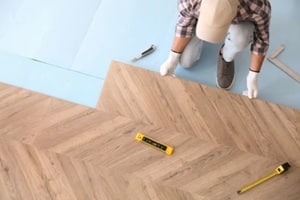 Even after the flooring has been installed, professional installers will offer post-installation support to make sure the floor holds up for many years to come. They do this starting on the last day of the installation by walking the homeowner through the finished flooring and informing them about any maintenance and cleaning they should do.
Even after the flooring has been installed, professional installers will offer post-installation support to make sure the floor holds up for many years to come. They do this starting on the last day of the installation by walking the homeowner through the finished flooring and informing them about any maintenance and cleaning they should do.
They will also discuss the warranty, which could be a product or labor warranty (or both). Homeowners should know what is covered and for how long before the installers leave.
Long-term upkeep of new flooring requires diligence. Hands-on flooring installers can recommend cleaning products, give maintenance tips, and help homeowners secure their investment in their new flooring for many years.
Partner with Professional Flooring Installers in Chesapeake, VA to Get the Job Done Right
While flooring installations are common, they are not always simple projects. Homeowners must choose the right materials, plan the installation, and oversee its long-term care to make sure they get the return on their investment that they suspect. Our professional flooring installers in Chesapeake, VA can make the process seamless by handling it every step of the way from the discussion of the vision to the execution of the new floor.
Contact the Yates Flooring team today to learn how our professional installers customize the flooring process for each home to deliver stylish flooring that will last for years to come.

